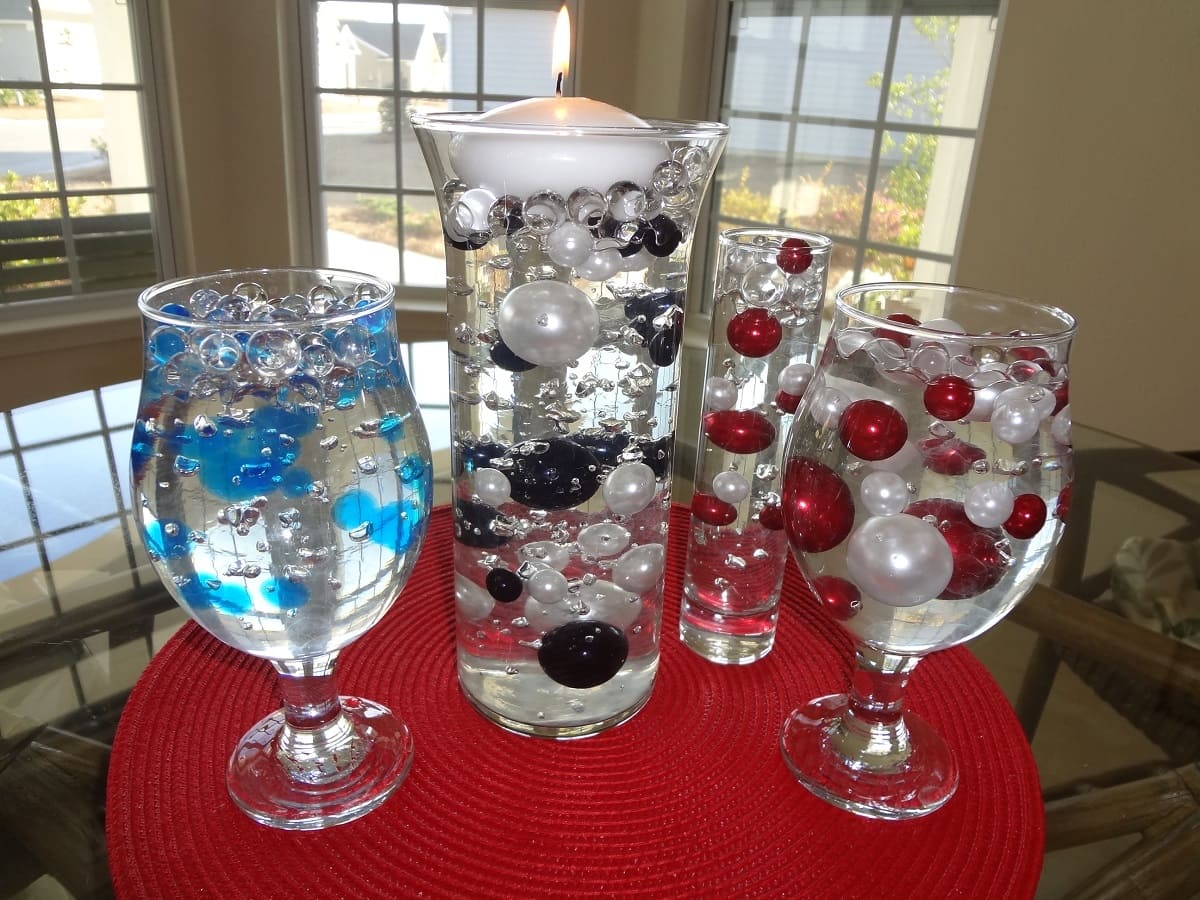

Articles
How To Store Water Beads
Modified: October 20, 2024
Learn how to properly store water beads with our informative articles. Keep your water beads fresh and ready for use!
(Many of the links in this article redirect to a specific reviewed product. Your purchase of these products through affiliate links helps to generate commission for Storables.com, at no extra cost. Learn more)
Introduction
Water beads, also known as jelly beads or gel balls, have become increasingly popular in various craft and sensory play activities. These tiny, colorful beads start as small, hard pellets but expand and transform into soft, squishy spheres when soaked in water. With their mesmerizing texture and vibrant appearance, water beads add a touch of sensory delight to any project or playtime.
However, once you’re done with your water bead activities, you may be wondering how to store them properly to ensure their longevity and usability. Storing water beads correctly is crucial in preventing them from drying out, getting damaged, or losing their shape. In this article, we will walk you through the steps of storing water beads effectively, so you can continue to enjoy their tactile wonders for a long time to come.
Key Takeaways:
- Properly storing water beads is crucial for maintaining their quality, texture, and usability. Follow the steps to ensure they remain hydrated, pliable, and ready for sensory play, decorative projects, or gardening endeavors.
- Regularly checking and refreshing stored water beads helps maintain their texture and sensory appeal. Be attentive to signs of mold, drying out, or clumping, and take appropriate action to ensure the best possible experience when using the water beads.
Read more: How To Store Leftover Diamond Painting Beads
What are water beads?
Water beads are small polymer beads that have the ability to absorb and retain water. Made from a superabsorbent polymer material, these beads are commonly used for decorative purposes, sensory activities, and as a replacement for soil in gardening.
Water beads are available in various sizes and colors, allowing for endless creative possibilities. When placed in water, the beads gradually absorb the liquid and expand to many times their original size. The resulting gel-like beads are squishy, slippery, and fun to touch.
Water beads are non-toxic and biodegradable, making them safe for both children and the environment. They are often used in sensory play activities for young children, as they provide a tactile and visual experience that promotes fine motor skills, hand-eye coordination, and sensory exploration.
Additionally, water beads are used in decorative arrangements, such as centerpieces, flower vase fillers, and table displays. Their vibrant colors and translucent appearance make them an attractive and versatile embellishment for various occasions, including weddings, parties, and home decor.
Furthermore, water beads can be used as a substitute for soil in gardening. They help retain moisture, provide aeration, and reduce the frequency of watering. This makes them ideal for potted plants, hydroponic systems, and terrariums. Water beads can also be mixed with potting soil to improve moisture retention and create a nutrient-rich environment for plant growth.
Overall, water beads are a versatile and fascinating material that offers both aesthetic and sensory benefits. Understanding their properties and uses is essential in maximizing their potential and ensuring their proper storage and longevity.
Why store water beads?
Storing water beads properly is essential for maintaining their quality and preserving their usefulness. Here are a few reasons why you should store water beads:
- Reusable: Water beads can be used multiple times, allowing you to get the most out of your investment. By storing them correctly, you can ensure that they remain in good condition and ready for future use.
- Prevent drying out: Water beads are designed to absorb and retain water. However, if they are left out in the open or exposed to air for an extended period of time, they can start to dry out and shrink. Proper storage prevents this and keeps the water beads hydrated and pliable.
- Maintain their shape: Proper storage helps the water beads maintain their original shape and texture. If they are not stored correctly, they may become misshapen or lose their squishy consistency, reducing their effectiveness in sensory play or decorative uses.
- Prevent damage: Storing water beads in a secure container helps protect them from accidental spills, rough handling, or exposure to harsh elements that could damage or compromise their integrity.
- Easy organization: Having a designated storage solution for your water beads makes them easier to find and access when you need them. This saves time and ensures that you can enjoy the benefits of water beads without the hassle of searching for them.
- Prolong their lifespan: By storing water beads properly, you can prolong their lifespan and ensure that they can be used for a longer period of time. This allows you to continue enjoying their sensory and decorative benefits without the need to frequently purchase new supplies.
Overall, storing water beads effectively helps maintain their quality, usability, and longevity. Whether you use them for sensory play, decorative purposes, or gardening, proper storage ensures that your water beads remain in optimal condition and ready for your next creative endeavor.
Step 1: Draining excess water
Before storing water beads, it’s important to drain any excess water to prevent the beads from becoming too saturated and losing their consistency. Follow these steps to drain the excess water from your water beads:
- Remove the water beads from the water source: Carefully scoop the water beads out of the water using a sieve or strainer. This will allow the excess water to drain away, leaving you with hydrated beads ready for storage.
- Gently shake off excess water: Once you have removed the water beads from the water source, gently shake the sieve or strainer to remove any remaining water. Be careful not to apply too much pressure, as this could damage or break the water beads.
- Pat dry with a towel: To further remove any lingering moisture, you can gently pat dry the water beads with a clean towel. Place the beads on the towel and carefully blot them to absorb any remaining water. Avoid rubbing or squeezing the beads too harshly to prevent damage.
- Allow the beads to air dry: After patting the water beads dry, leave them to air dry for a few hours. This will ensure that all moisture is evaporated, and the beads are completely dry before storing.
By draining the excess water from the water beads, you prevent them from becoming too waterlogged and losing their desired texture. This step sets the foundation for proper storage and ensures that your water beads remain in optimal condition for future use.
Step 2: Drying the water beads
After draining the excess water from the water beads, it’s important to properly dry them before storing. This step ensures that the beads are moisture-free and less prone to mold or bacterial growth. Follow these steps to dry your water beads:
- Spread the beads on a clean surface: Take the drained water beads and spread them out on a clean and dry surface, such as a tray or a baking sheet.
- Avoid direct sunlight: Place the beads in an area away from direct sunlight. Exposure to direct sunlight can cause the beads to dry out too quickly and become brittle, affecting their texture and quality.
- Allow sufficient air circulation: Ensure that there is adequate air circulation around the beads. This helps in the drying process and prevents any moisture from being trapped, which could lead to the growth of mold or bacteria.
- Leave the beads to air dry completely: Depending on the size and amount of water beads, the drying process can take anywhere from a few hours to a day or two. Be patient and let the beads air dry completely before moving on to the next step.
- Test for dryness: To ensure that the water beads are completely dry, you can perform a simple test. Gently squeeze a few beads between your fingers – if they are dry and don’t release any water, then they are ready for storage. If they still feel damp or release moisture, allow them more time to dry.
Properly drying the water beads is crucial to prevent any moisture buildup during storage. This step ensures that the beads are free from excess water and ready for long-term storage without any risk of mold or deterioration.
Store water beads in a sealed container or plastic bag to prevent them from drying out. Keep them in a cool, dry place away from direct sunlight to maintain their moisture and prevent them from shrinking.
Read more: How To Make Glass Beads
Step 3: Choosing a storage container
When it comes to storing water beads, it’s important to select the right storage container to keep them safe and well-organized. Here are some factors to consider when choosing a suitable storage container:
- Airtightness: Look for a container that is airtight or has a secure lid. This prevents air from entering the container and helps maintain the hydration of the water beads, keeping them in their optimal state.
- Size and capacity: Consider the amount of water beads you need to store and choose a container that can accommodate them. Ensure that there is enough room for the beads to move around without being overly compressed.
- Transparency: Opt for a transparent or translucent container, which allows you to easily see the contents without the need to open the container. This makes it convenient to identify the colors and types of water beads without any hassle.
- Durability: Select a storage container that is sturdy and durable. Look for materials such as plastic or glass that can withstand regular handling and protect the water beads from any accidental damage.
- Stackability: If you have a large number of water beads or limited storage space, choose containers that are stackable. This helps save space and keeps your storage area organized and tidy.
- Dividers or compartments: Consider using containers with dividers or compartments to separate different colors or types of water beads. This makes it easier to access specific beads when you need them.
Ultimately, the choice of storage container depends on your personal preferences and the quantity of water beads you need to store. Ensure that the container you choose protects the water beads from moisture, air, and any potential damage, allowing you to store them safely and conveniently.
Step 4: Storing water beads in an airtight container
Once you have chosen a suitable storage container for your water beads, it’s time to store them in a way that maintains their hydration and preserves their quality. Follow these steps to store water beads in an airtight container:
- Clean and dry the container: Before placing the water beads in the container, ensure that it is clean and dry. Use warm soapy water to clean the container and let it air dry completely to avoid any potential contamination.
- Add the water beads: Gently transfer the dried water beads into the container. Be careful not to spill or scatter the beads around, as this can result in a mess and make it difficult to access them later.
- Fill the container partially: Do not fill the container to its maximum capacity. Instead, fill it partially to provide some room for the beads to move and expand if needed. Overpacking the container can lead to compression of the beads and may affect their texture and shape.
- Seal the container tightly: Once the water beads are in the container, seal it tightly to ensure it is airtight. This helps maintain the moisture level within the container and prevents the beads from drying out.
- Label the container: Consider labeling the container with the date of storage or any other relevant information. This helps you keep track of the storage duration and ensures that you use the oldest water beads first.
- Store in a cool, dry place: Find a suitable storage location for the container. Ideally, it should be a cool and dry area, away from direct sunlight, extreme temperatures, and high humidity. These conditions can compromise the quality of the water beads over time.
By storing water beads in an airtight container, you can maintain their hydration and extend their lifespan. The airtight seal prevents moisture loss and ensures that the beads remain in their optimal state for future use in sensory play, decorative projects, or gardening activities.
Step 5: Choosing a storage location
After properly storing water beads in an airtight container, it’s important to choose an appropriate storage location that ensures their longevity and usability. Consider the following factors when selecting a storage location:
- Cool temperature: Water beads are best stored in a cool environment. Avoid storing them in areas that are exposed to direct sunlight or extreme heat, as this can cause the beads to dry out or lose their shape.
- Dry environment: Moisture can affect the quality and texture of water beads. Choose a storage location that is dry and well-ventilated to prevent any moisture buildup or the growth of mold or bacteria.
- Avoid humidity: High humidity can cause water beads to absorb excess moisture, potentially leading to mold or a sticky, clumpy texture. Keep the storage location away from areas with high humidity, such as bathrooms or basements.
- Consistent temperature: Fluctuating temperatures can have a negative impact on water beads. It’s best to choose a storage location that maintains a consistent temperature, as sudden temperature changes can cause the beads to expand or contract, affecting their texture.
- Away from pets and children: If you have pets or young children, ensure that the chosen storage location is out of their reach. Water beads can be a choking hazard if ingested, so it’s important to store them in a secure place.
- Easy accessibility: Consider the convenience of accessing the stored water beads when needed. Choose a storage location that is easily accessible and allows you to retrieve the beads without hassle.
By carefully selecting a storage location for your water beads, you can ensure their longevity and usability. Maintaining an appropriate environment helps preserve their texture, prevent moisture-related issues, and allows you to enjoy their tactile and decorative benefits for an extended period of time.
Step 6: Checking and refreshing the water beads
Over time, water beads may experience some changes in their texture or hydration level. It’s important to periodically check and refresh the water beads to ensure their optimal condition. Follow these steps to check and refresh your stored water beads:
- Regular inspection: Every few weeks, take some time to inspect the stored water beads. Look for any signs of drying out, clumping, or discoloration. It’s also important to check for any mold growth or unpleasant odors, which could indicate moisture or contamination issues.
- Rehydrate the beads: If you notice that the water beads have dried out or lost their squishy texture, you can rehydrate them by adding water. Gently pour a small amount of water into the container and allow the beads to absorb it. Be careful not to overhydrate them, as this can lead to an overly soggy consistency.
- Drain excess water: After rehydrating the beads, drain any excess water by following the steps mentioned earlier. This helps prevent the beads from becoming too waterlogged and ensures their proper hydration.
- Adjust hydration level: If the beads still feel too dry or too wet after the initial rehydration, you can adjust their hydration level. Add more water if they are too dry, or drain some water if they are too wet. Aim for a pliable and squishy texture that provides the desired sensory experience.
- Arrange and fluff: After adjusting the hydration level, gently stir or fluff the water beads to even out their moisture distribution. This ensures that all beads are properly hydrated and ready for use.
- Replace as needed: If you notice any signs of mold, mildew, or irreversible damage to the water beads, it’s best to discard them and replace them with fresh beads. It’s important to prioritize safety and quality when using water beads.
By checking and refreshing your stored water beads, you can maintain their quality, pliability, and sensory appeal for an extended period of time. Regular maintenance ensures that the beads are always ready for use in sensory play activities, decorative projects, or gardening endeavors.
Read more: What Is Glass Beading
Conclusion
Properly storing water beads is essential for preserving their quality, texture, and usability. By following the steps outlined in this article, you can ensure that your water beads remain in optimal condition for future sensory play, decorative projects, or gardening endeavors.
From draining excess water and drying the beads to choosing a suitable storage container and location, each step plays a crucial role in maintaining the integrity of the water beads. Storing them in an airtight container helps retain their hydration and prevents them from drying out, while a cool and dry storage location ensures their longevity.
Regularly checking, refreshing, and adjusting the hydration level of the water beads helps to maintain their texture and sensory appeal. Be attentive to any signs of mold, drying out, or clumping, and take appropriate action to ensure the best possible experience when using the water beads.
By paying attention to these storage and maintenance practices, you can extend the lifespan of your water beads and continue to enjoy their tactile wonders and decorative versatility. Whether used in sensory play activities, as decorative accents, or in gardening projects, properly stored water beads offer endless opportunities for creativity and exploration.
Remember to label your storage containers, prioritize safety by keeping the beads away from pets and young children, and replace any beads that show signs of damage or contamination. By doing so, you can maintain a collection of vibrant, pliable, and delightful water beads ready for any project or playtime.
Frequently Asked Questions about How To Store Water Beads
Was this page helpful?
At Storables.com, we guarantee accurate and reliable information. Our content, validated by Expert Board Contributors, is crafted following stringent Editorial Policies. We're committed to providing you with well-researched, expert-backed insights for all your informational needs.

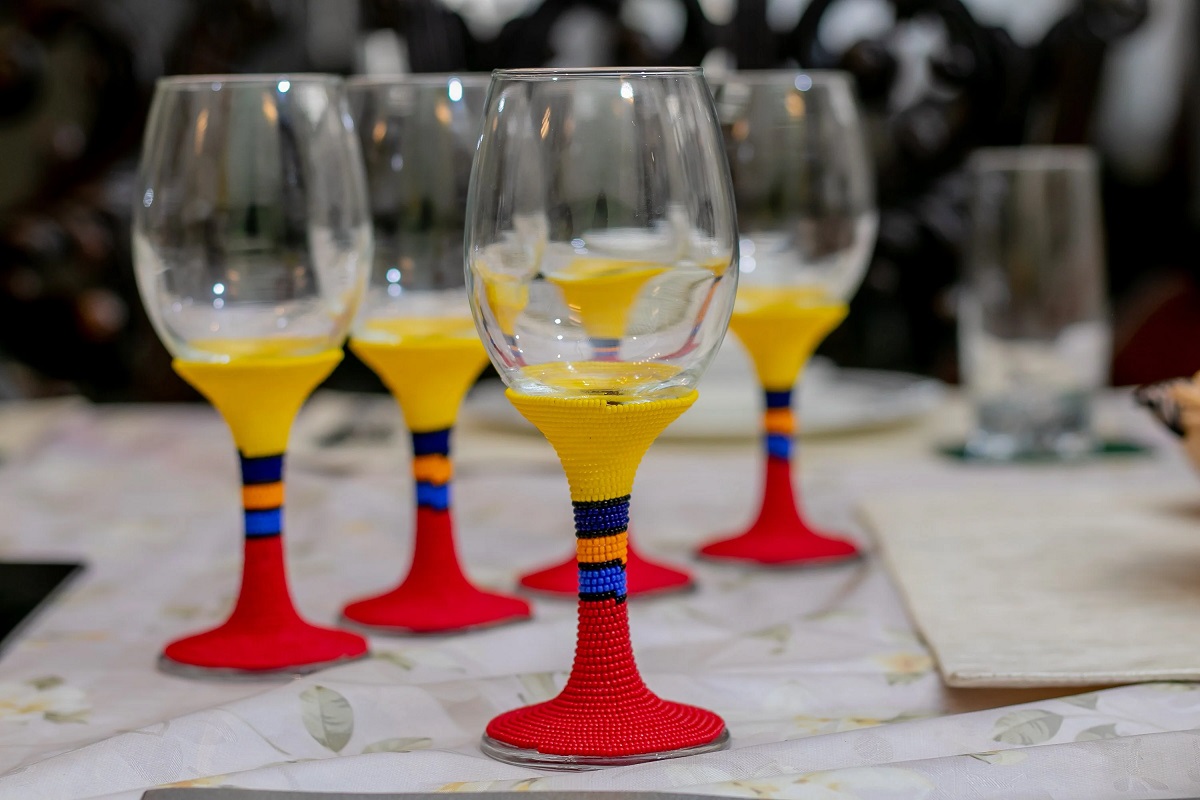
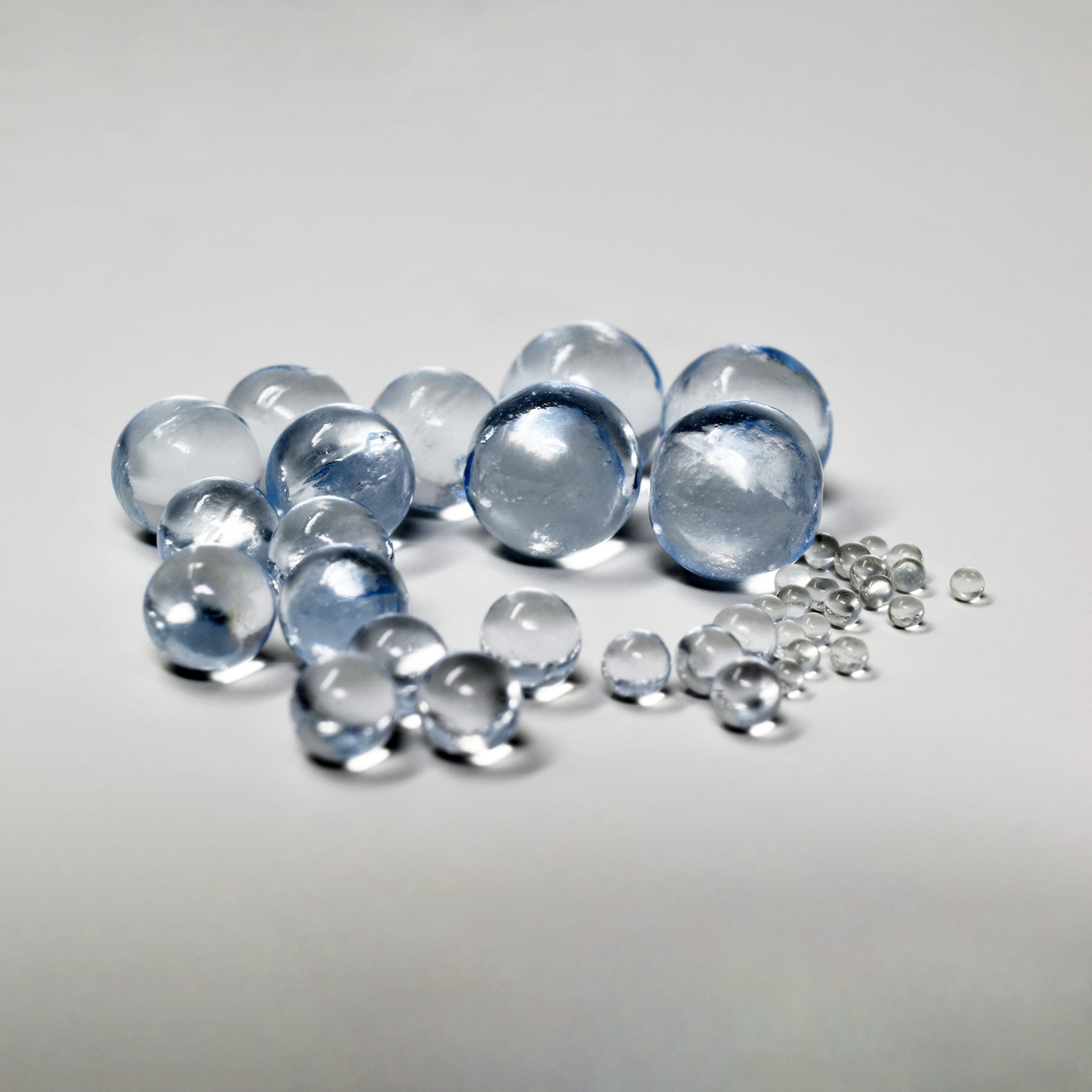

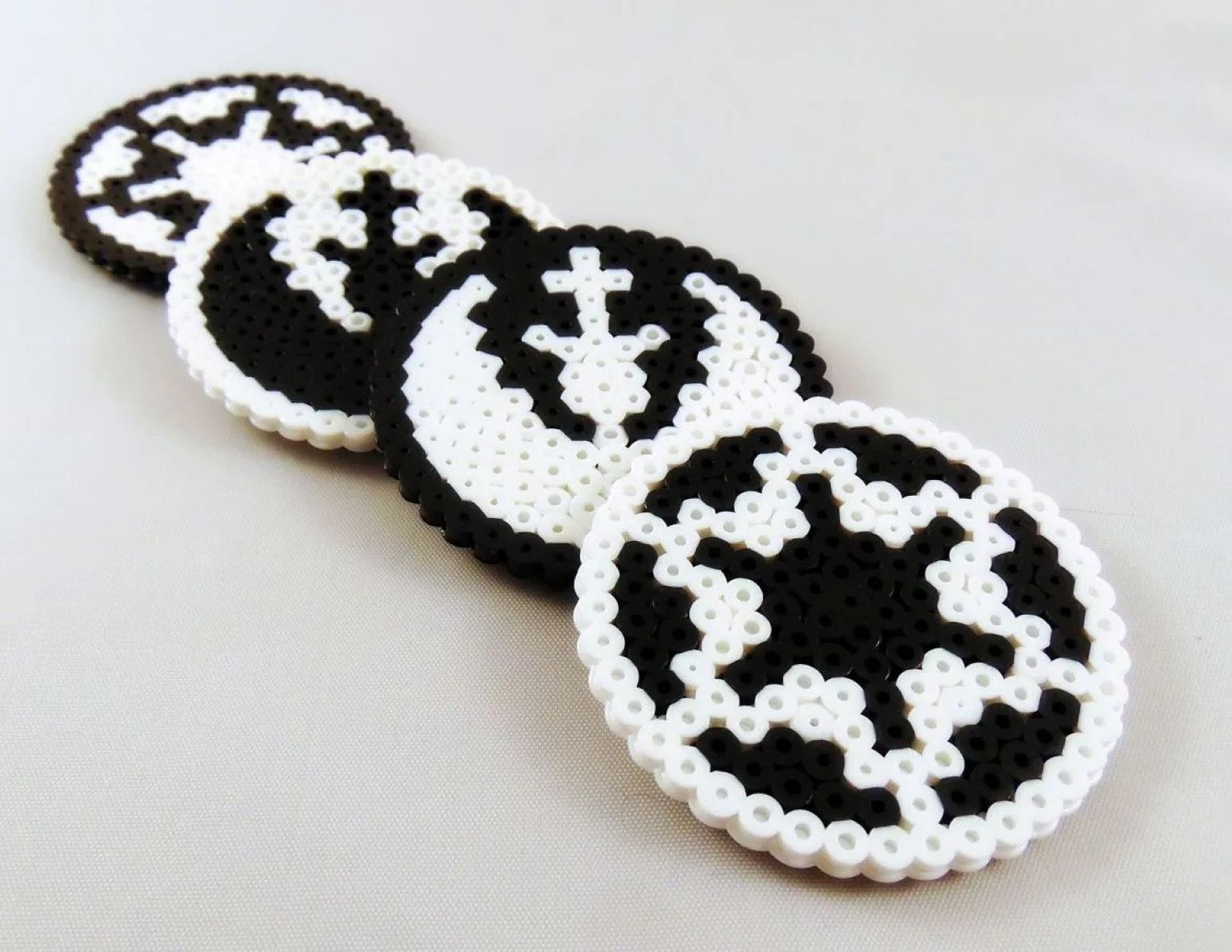
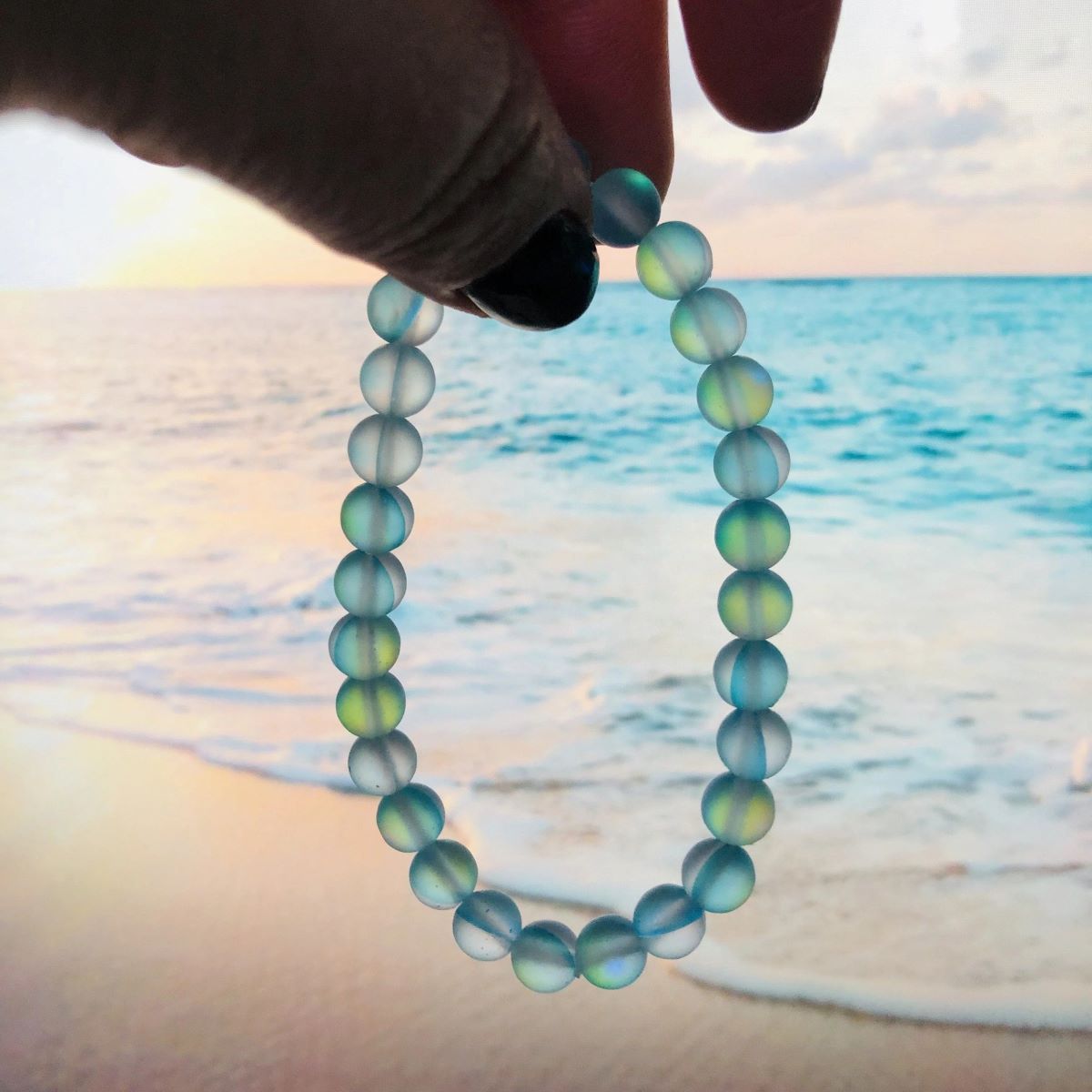
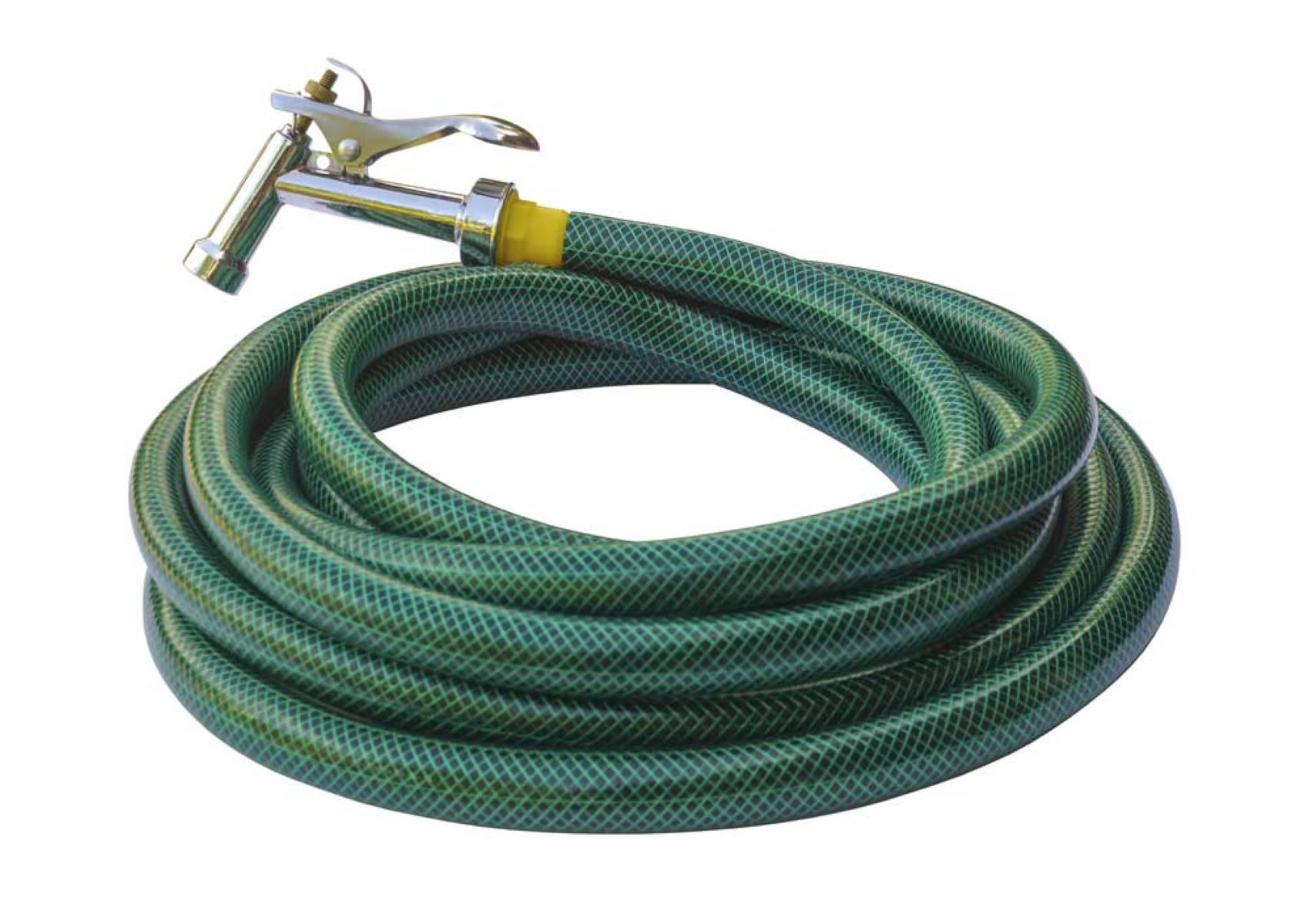
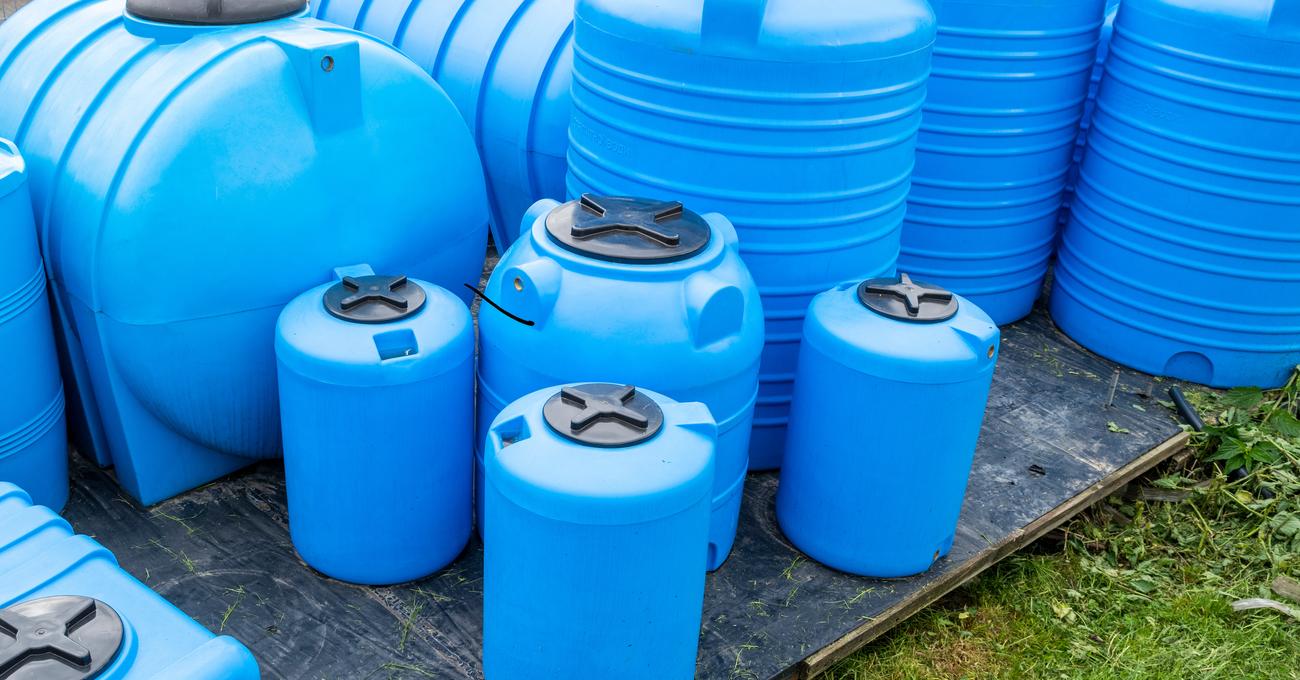

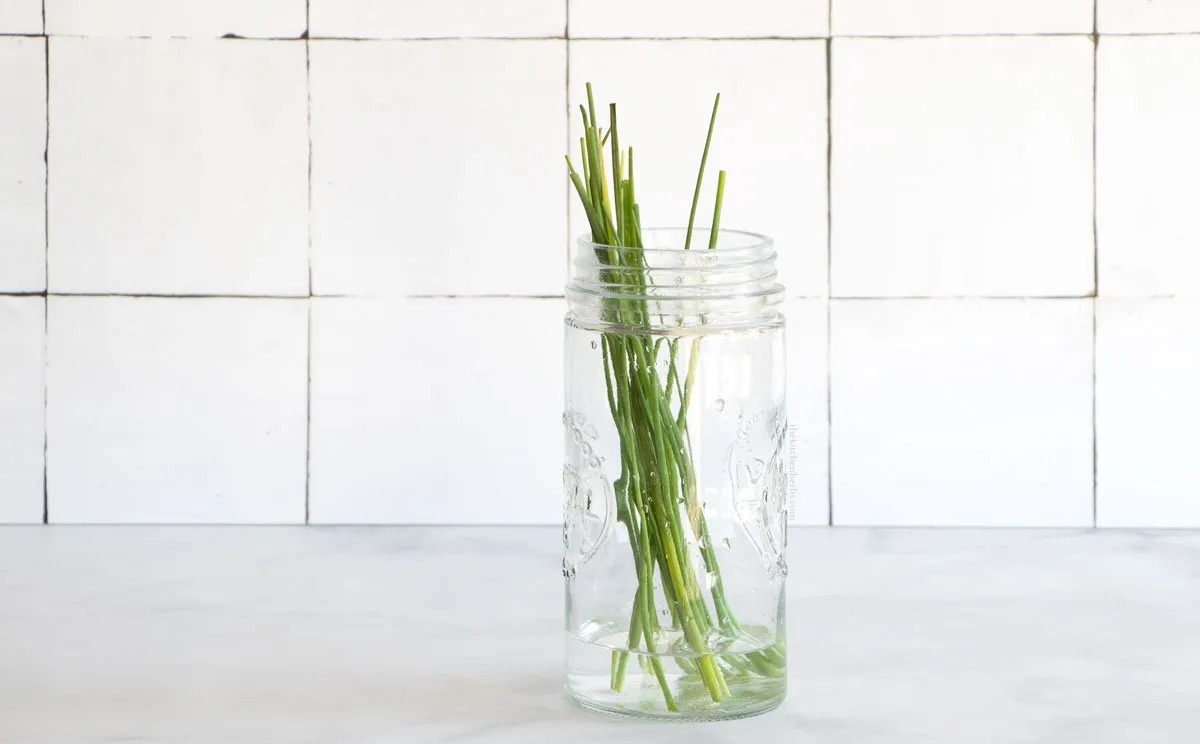
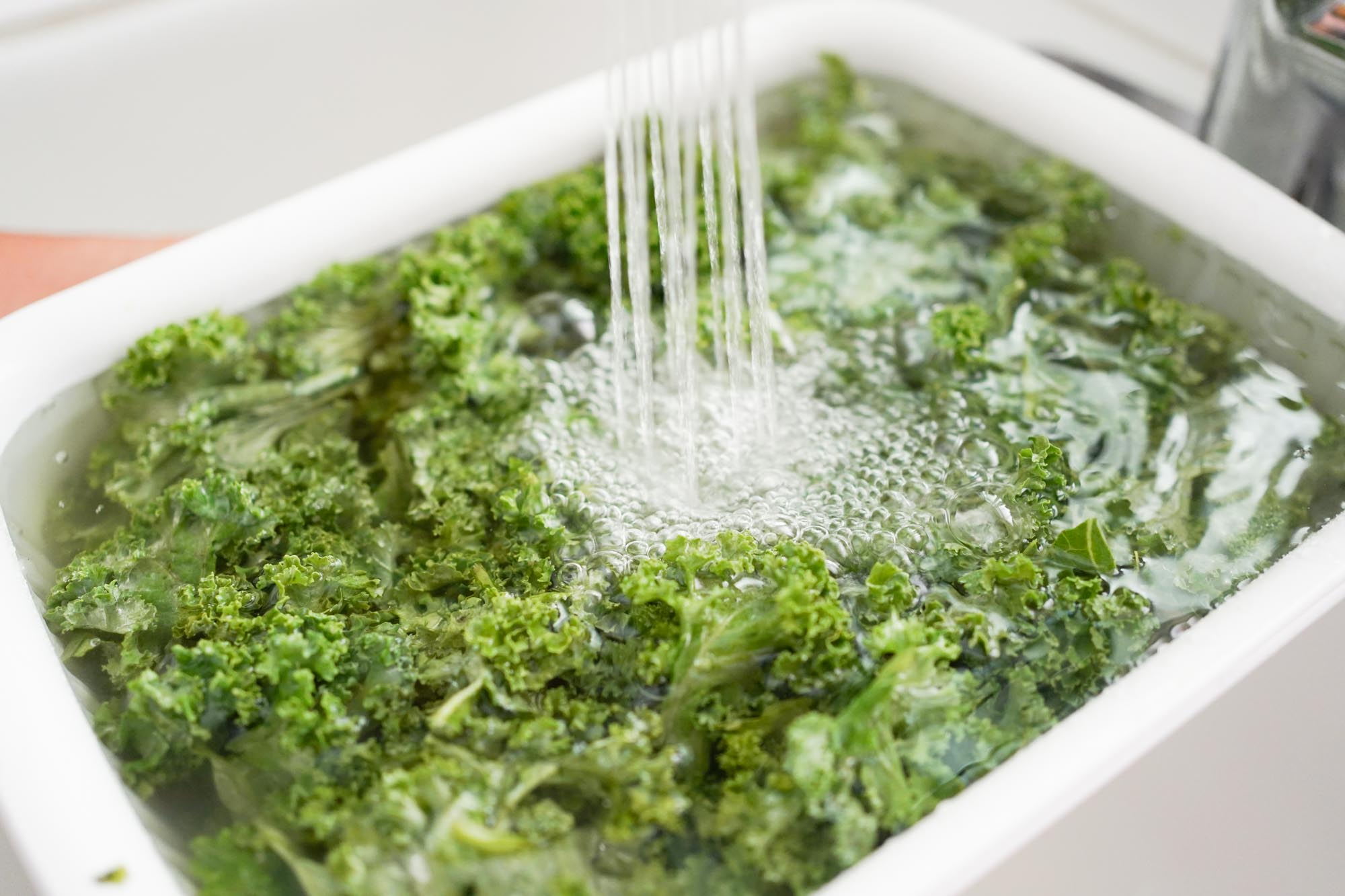
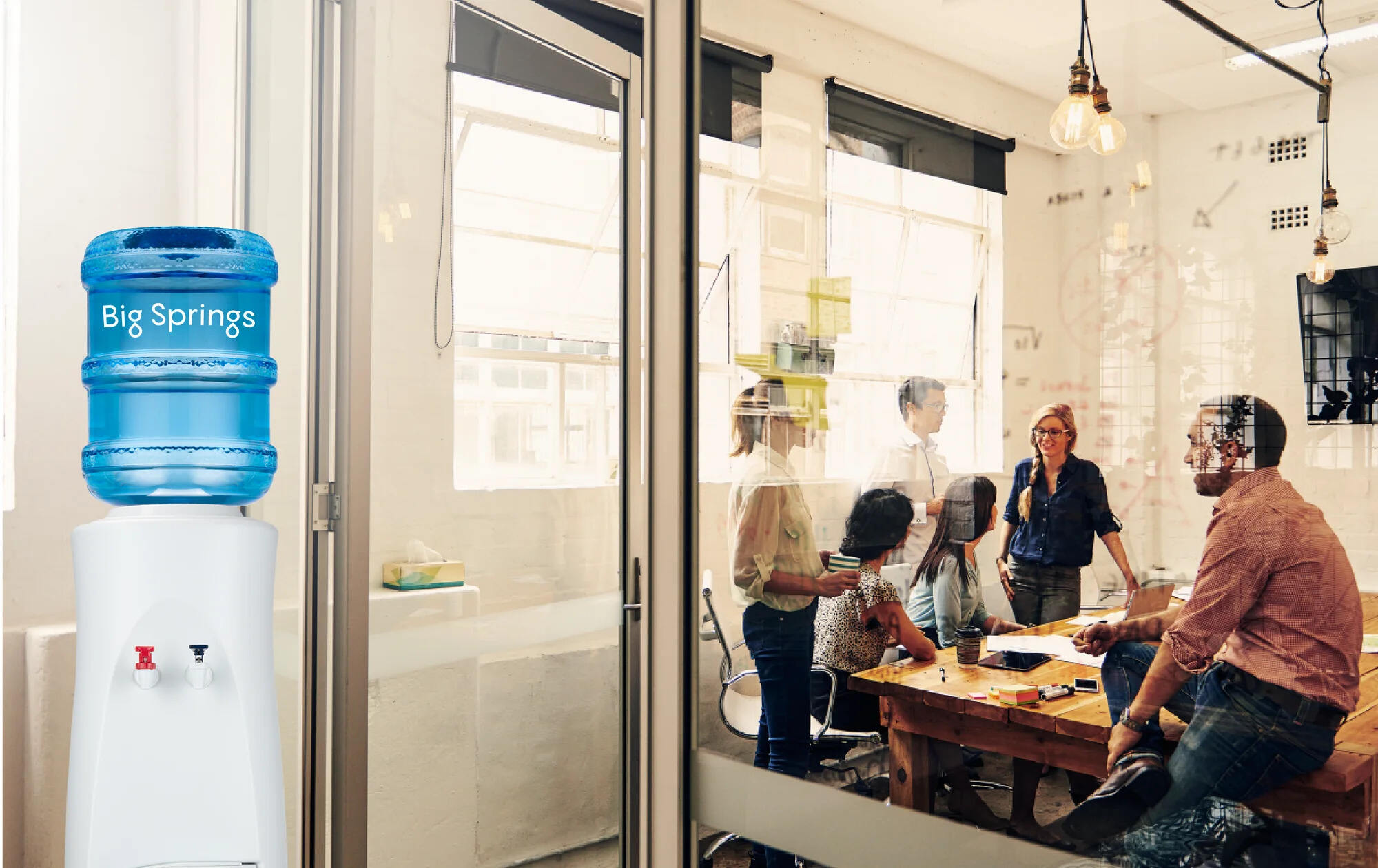
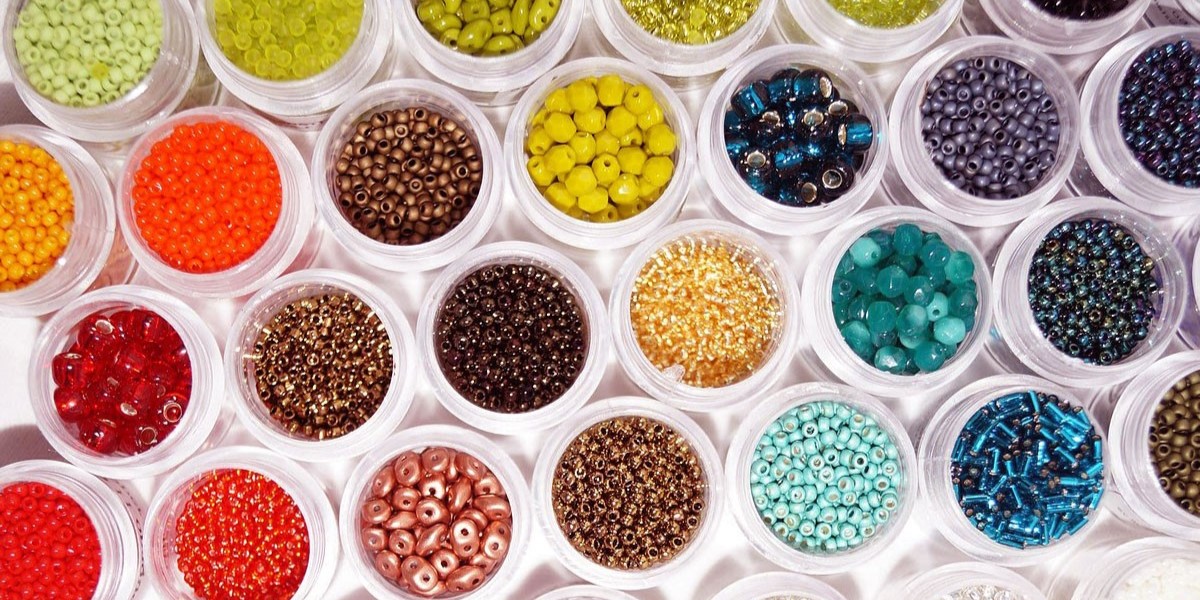

0 thoughts on “How To Store Water Beads”